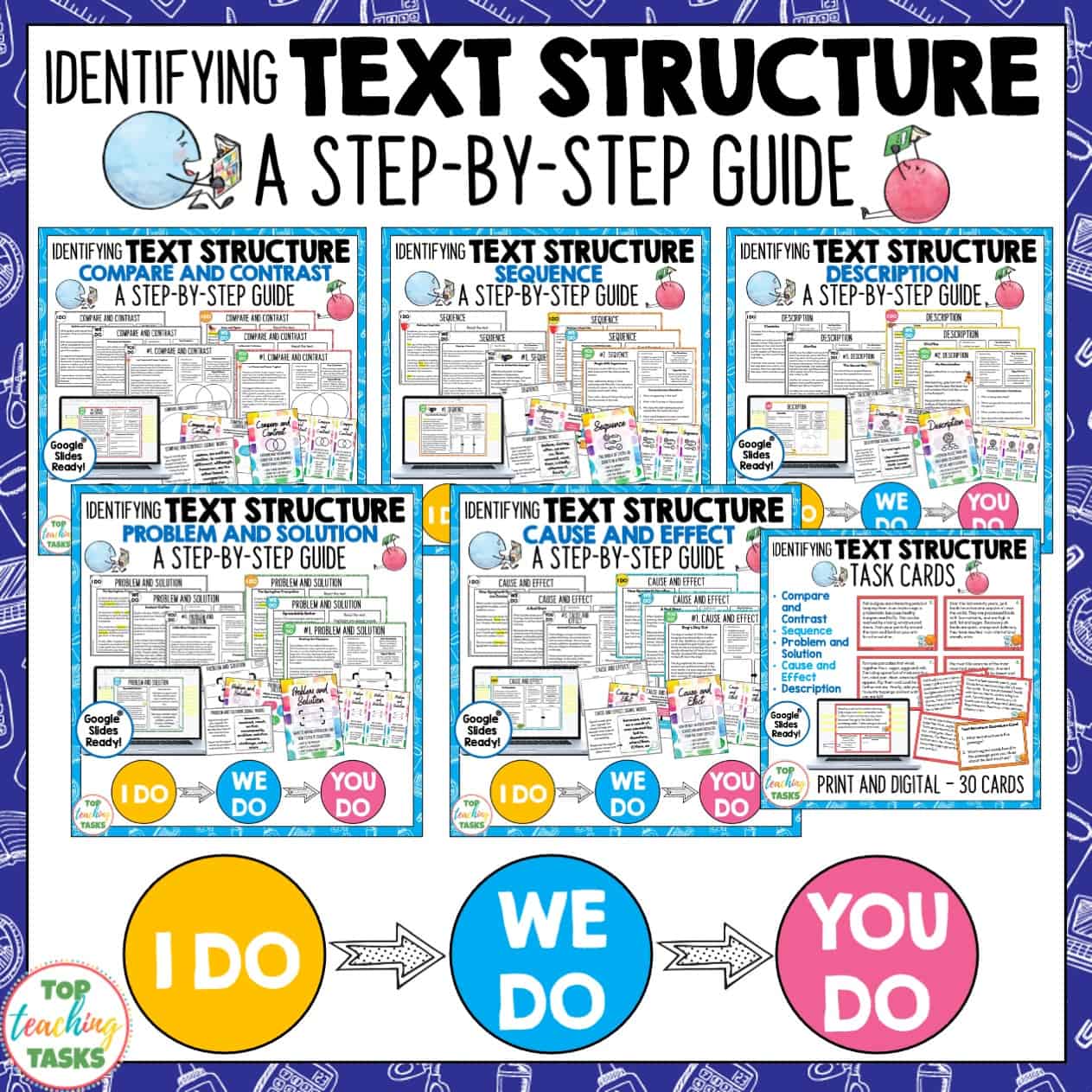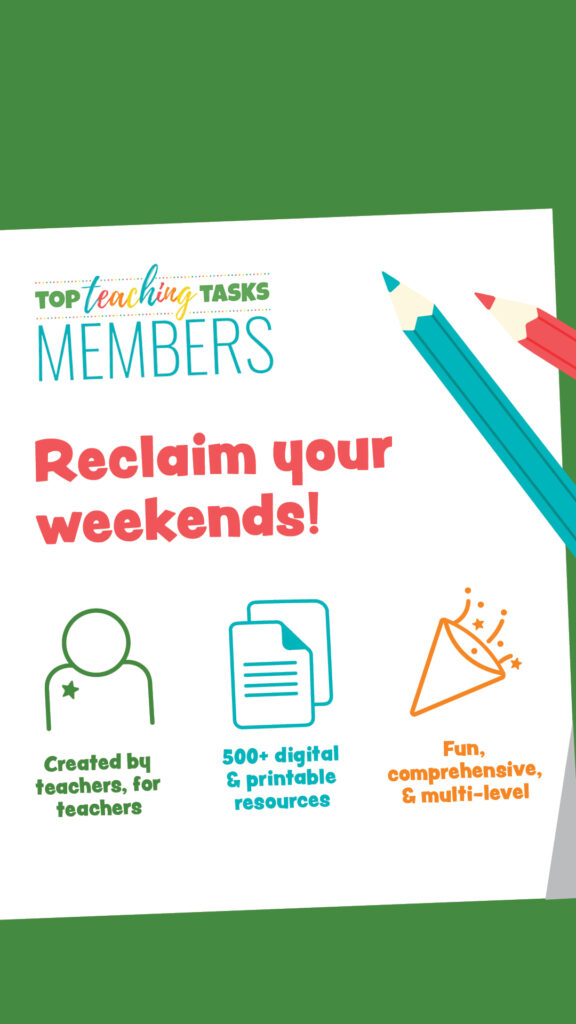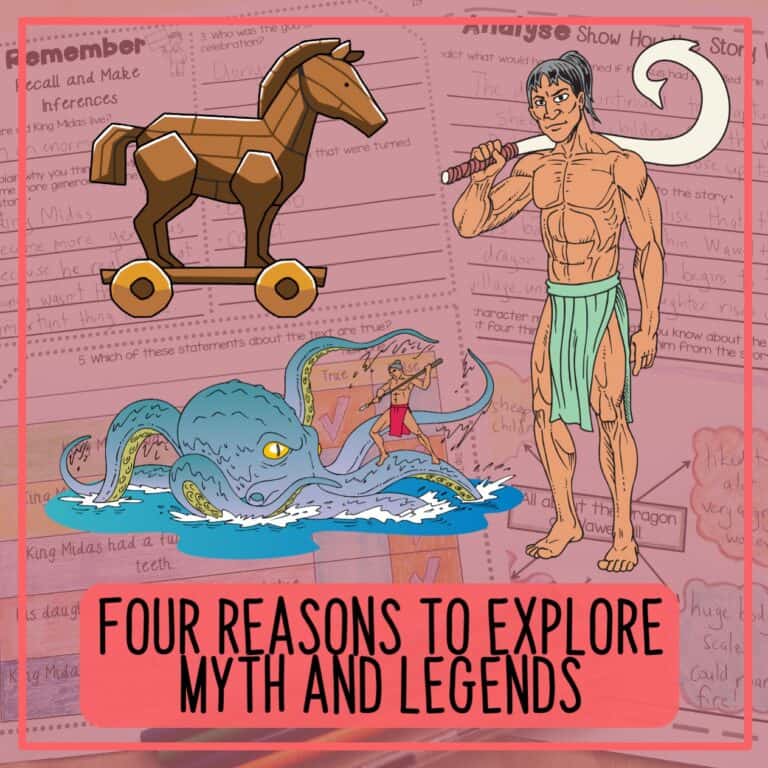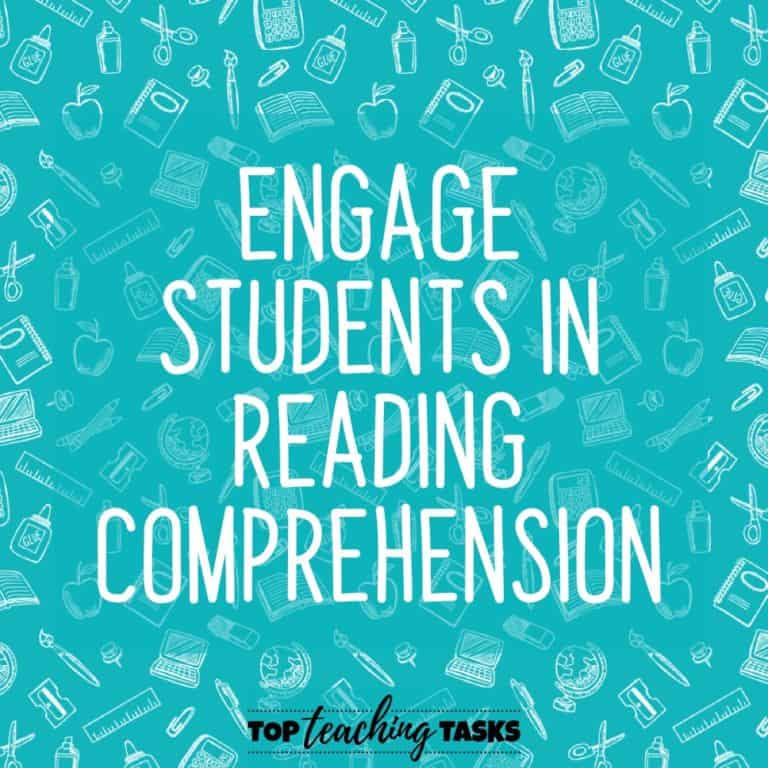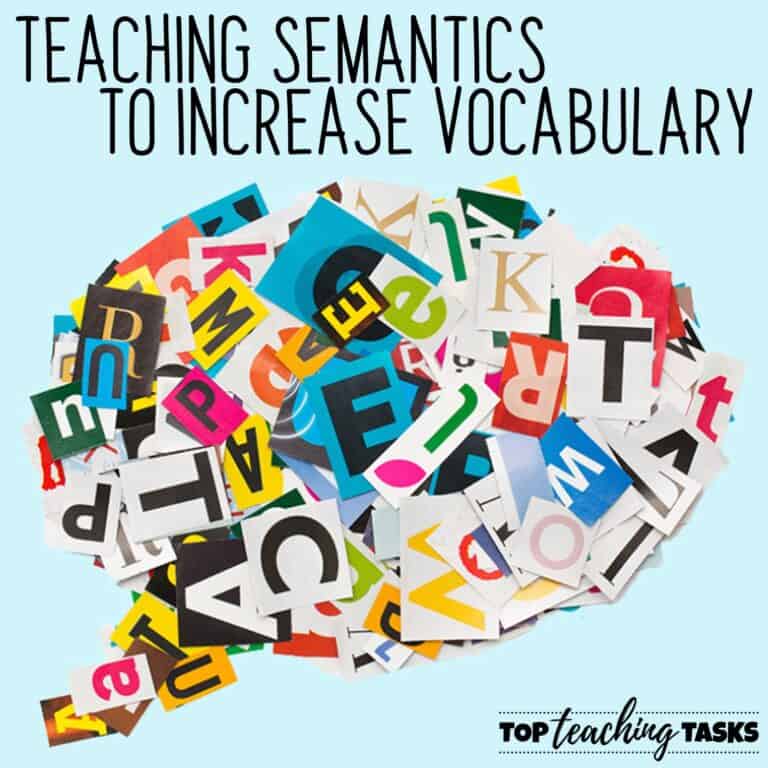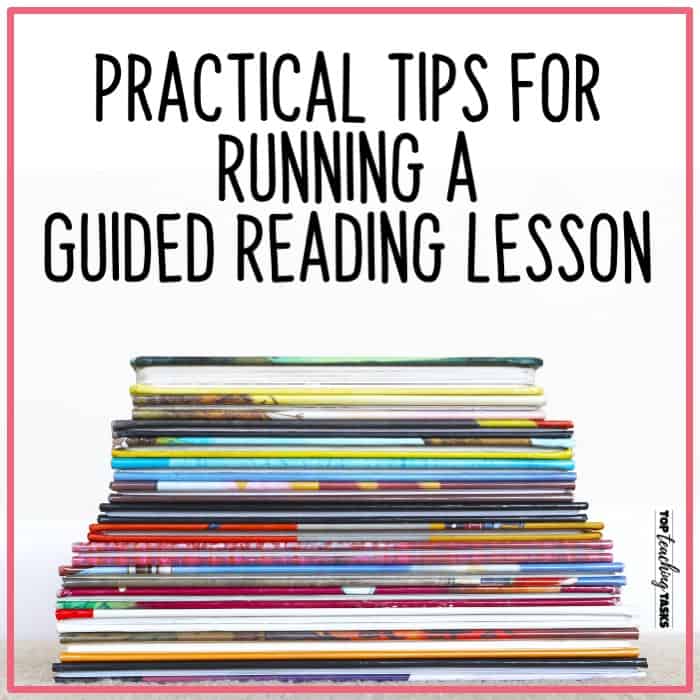Why You Should Be Teaching Text Structures
Why You Should Be Teaching Text Structures

The whole purpose of reading is to make meaning – that is, to understand what we read (reading comprehension). As teachers, we want our students to understand what they are reading; it is pointless, otherwise. As they move through the school levels, we also want them to understand increasingly complex texts.
So what is one effective way to help build students’ reading comprehension? You need to teach text structures.
- Text structure: A text’s structure is its overall organisation. The non-fiction text structures include cause and effect, compare/contrast, description, problem and solution, and sequence.
Why teach text structures?
Teaching children about the structure of different genres of text can support their comprehension.
“Readers who are familiar with the particular structure of the text have several advantages. They know:
- What to expect from different parts of the text,
- Where to search for particular types of information
- How the different parts of the text are linked together.
-
- (Oakhill, Cain and Elbro, 2015, p.82)
Dr. Helen Walls agrees: “We need to teach knowledge of different text structures and their uses. This can be done by explicitly teaching conventions of text organisation and style. Graphic organisers could be used to scaffold planning for a range of structures”. Check out her full post here – it’s great!
In fact, research shows that when students are explicitly taught to identify text structures, their reading comprehension improves and they retain more of the information (National Institute for Literacy, 2007).

Literacy knowledge and text structures

Understanding text structure helps students become skilled readers by increasing their literacy knowledge and developing their prior knowledge of texts.
As children begin to interact with text, they develop what Scarborough (2001) describes as literacy knowledge (an awareness of print concepts and genre). Scarborough’s metaphor for skilled reading identifies literacy knowledge (print awareness and genre) as crucial factor in reading comprehension (Hennessy, 2021). Understanding text structures is one part of this literacy knowledge.
At the same time, the Reading Rope (Scarborough, 2001) acknowledges background knowledge as an essential contributor to skilled reading. Text structure is also considered a specific type of prior (or background) knowledge that skilled readers possess (Hennessy, 2021).
How to teach text structures:
When creating our text structure resources, we have drawn from the research of Oakhill, Cain and Elbro (2015) and (Hennessy, 2021), They suggest to:
- Use visual representations of the text structure e.g. the use of graphic organisers to structure information,
- Teach the signal words (key words) that are critical for a particular text structure.
- Use specific questions, such as ‘What two things is this paragraph about? How are they alike? How are they different?’
Why teach and use graphic organisers?
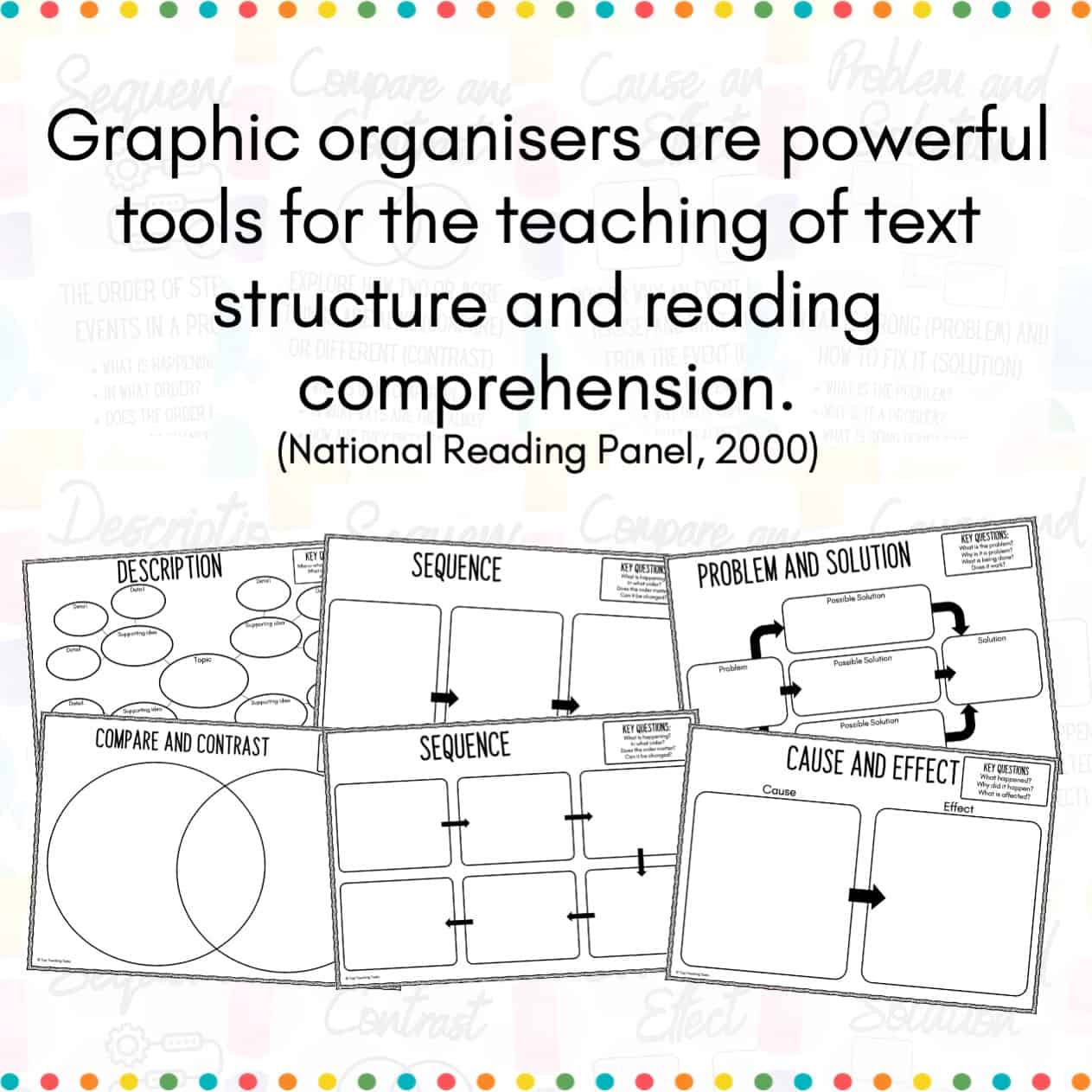
There are many benefits to using graphic organisers to teach text structures:
- They help students to organise ideas and concepts during and after reading.
- They help students understand and use text structure to comprehend complex texts.
- Teachers can model the use of graphic organisers to show the different forms and structures of writing and then encourage students to use the various organisers to record and organise important information and concepts from their texts.
The Importance of Text Structure Outside of the Teaching of Reading
Learning about text types should not be restricted to literacy lessons, but should integrated across the curriculum. Teaching text structure could form part of a history, science, or geography lesson, so that the text structure instruction is embedded within learning (Oakhill, Cain and Elbro). For example:
- In social studies or history lessons, students can analyse the structure of a historic diary, or a timeline,
- In a science lesson, an expository or explanation text could be explored, and students will also follow a sequence to conduct many science experiments.
- While learning to write, children should analyse a variety of texts to grasp their typical language features and structure.
Our Text Structure Resources
Our Identifying Text Structure resource bundle explores five text structures: compare and contrast, sequence, description, problem and solution, and cause and effect.
-
Two exemplar activities/lessons to demonstrate how to identify the text structure
-
Two guided practice activities/lessons for teacher and students to identify text structure together
-
Four independent practice activities
-
Bookmarks and posters
-
Text structure graphic organizer
-
Signal words poster
-
A full digital set of activities – great for Google Slides or Microsoft One Drive.
We have used research-based best practice for how to teach text structure. In this resource, students will be required to
- Search and highlight the signal words (key words) that are critical for the particular text structure.
- Use visual representations of the text structure by adding key information to a graphic organiser.
- Answer specific comprehension questions based around the particular text structure.
The ‘I Do’ section of this resource is designed to be taught by the teacher, working through the exemplar pages and following the process as laid out. The ‘We Do’ section provides both text and viewing opportunities for the teacher and students to work through the process together. The ‘You Do’ sections provide opportunities for students to explore text structure independently.
Posters and bookmarks are also included as reference guides/teaching tools.
Click here to get our Identifying Text Structures Bundle today!
Grab our Text Structure Freebie!

We’ve put together a free sample of our Text Structure Display Materials. Grab this Cause and Effect poster and two sets of Cause and Effect bookmarks by signing up to our freebie library here.
Have you seen our Top Teaching Tasks Membership?
References:
- Hennessy, N. (2021). The Reading Comprehension Blueprint: Helping Students Make Meaning from Text. USA: Paul. H. Brookes Publishing Co.
- National Institute of Child Health and Human Development (2000). Report of the National Reading Panel: Reports of the subgroups. Teaching children to read: An evidence-based assessment of the scientific research literature on reading and its implications for reading instruction (NIH Publication No. 00-4753). Washington, DC: Government Printing Office.
- National Institute for Literacy. (2007). What Content-Area Teachers Should Know About Adolescent Literacy. Accessed from https://lincs.ed.gov/publications/pdf/adolescent_literacy07.pdf
- Oakhill, Cain & Elbro (2015). Understanding and teaching reading comprehension: A Handbook. New York, NY: Routledge
- Scarborough, H. S. (2001). Connecting early language and literacy to later reading (dis)abilities: Evidence, theory, and practice. In S. Neuman & D. Dickinson (Eds.), Handbook for research in early literacy (pp. 97–110). New York, NY: Guilford Press.
- Williams (2005). Teaching text structure improves reading comprehensionL Text structure should be taught starting in the primary grades.

